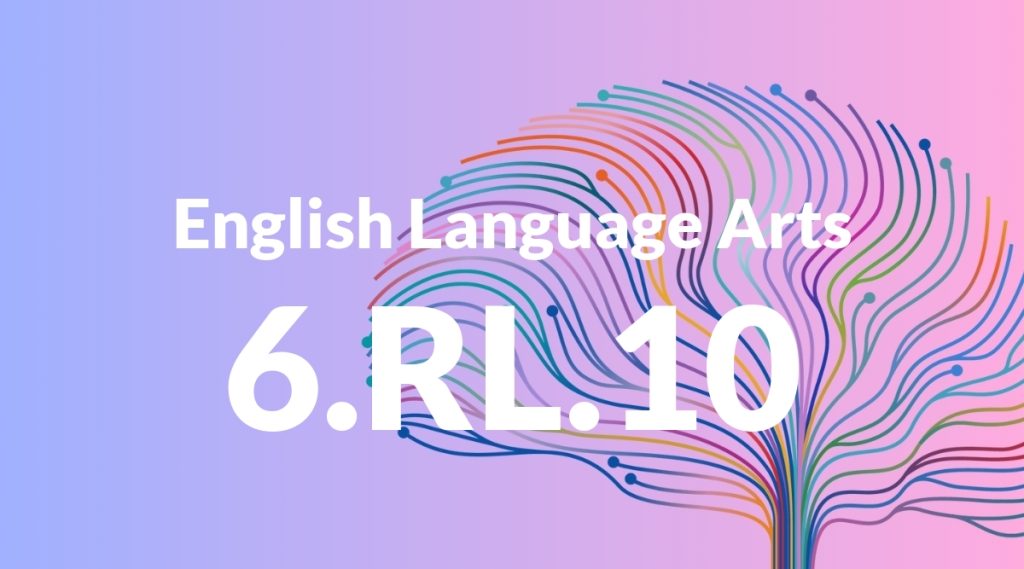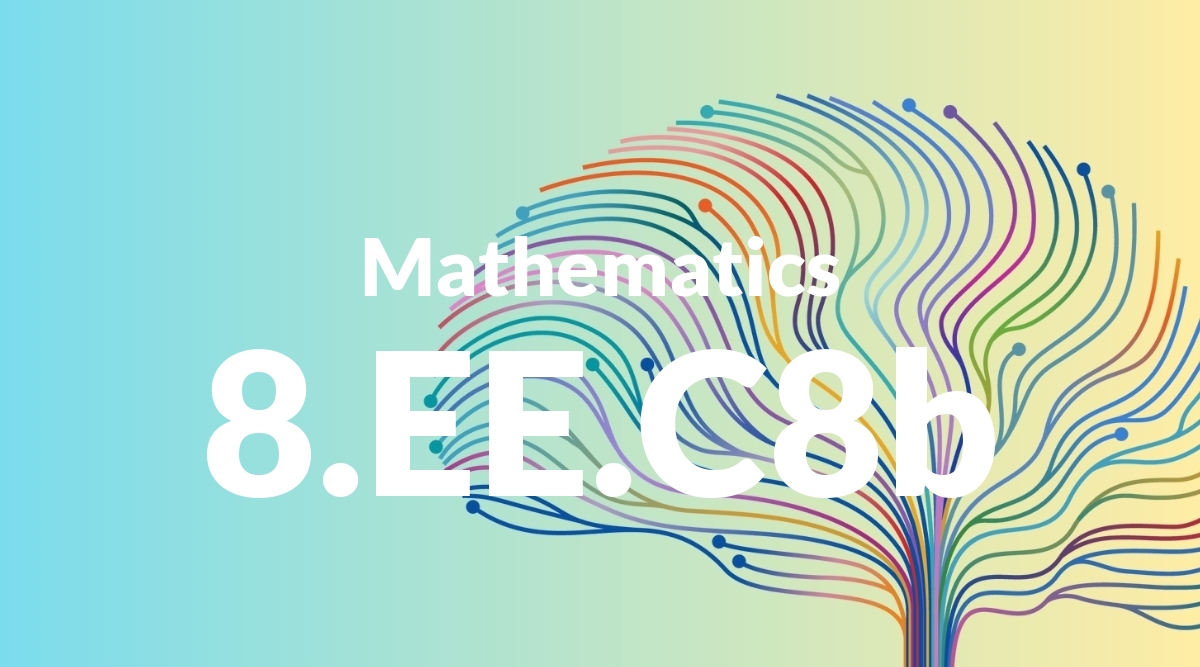Standard: 6.RL.1 – Cite textual evidence to support analysis of what the text says explicitly as well as inferences drawn from the text.
Grade level: Grade 6
Subject: English Language Arts
Domain: Reading: Literature
Teacher Overview
This standard emphasizes the importance of using textual evidence to support both explicit statements and inferences in literature. It’s crucial for developing critical thinking and analytical skills, which are foundational for advanced reading and writing tasks in higher grades. Students should be familiar with identifying main ideas and details, and differentiating between what is directly stated and what can be inferred from the text.
After mastering this standard, students will be better prepared for more advanced literary analysis, including evaluating authors’ choices and comparing multiple texts. They will also enhance their ability to construct evidence-based arguments in writing.
Common Misconception 1
A common misconception is that citing evidence involves only quoting the text without further analysis. This is incorrect because students must also explain how the quoted evidence supports their understanding or inference.
Intervention 1
Use modeling and guided practice to show how to both quote the text and provide an explanation. Encourage students to answer ‘how’ and ‘why’ questions about their evidence.
Common Misconception 2
Another misconception is that inferences are just guesses and do not require textual support. This is incorrect because valid inferences must always be grounded in specific evidence from the text.
Intervention 2
Provide practice activities where students must identify evidence to support their inferences. Use sentence starters to help them link their inferences back to the text.
Prerequisite Knowledge
Students should have a basic understanding of identifying main ideas and details in a text, as well as differentiating between explicit information and inferences.
Subsequent Knowledge
Students will develop skills in more complex literary analysis, such as evaluating authors’ choices and comparing texts, as well as enhancing their ability to write evidence-based essays.
Instructional Activities
- Textual Evidence Scavenger Hunt
- Literature Circle Discussions
- Evidence-Based Argument Essays
- Character Motivation Analysis
- Theme Exploration through Textual Support




